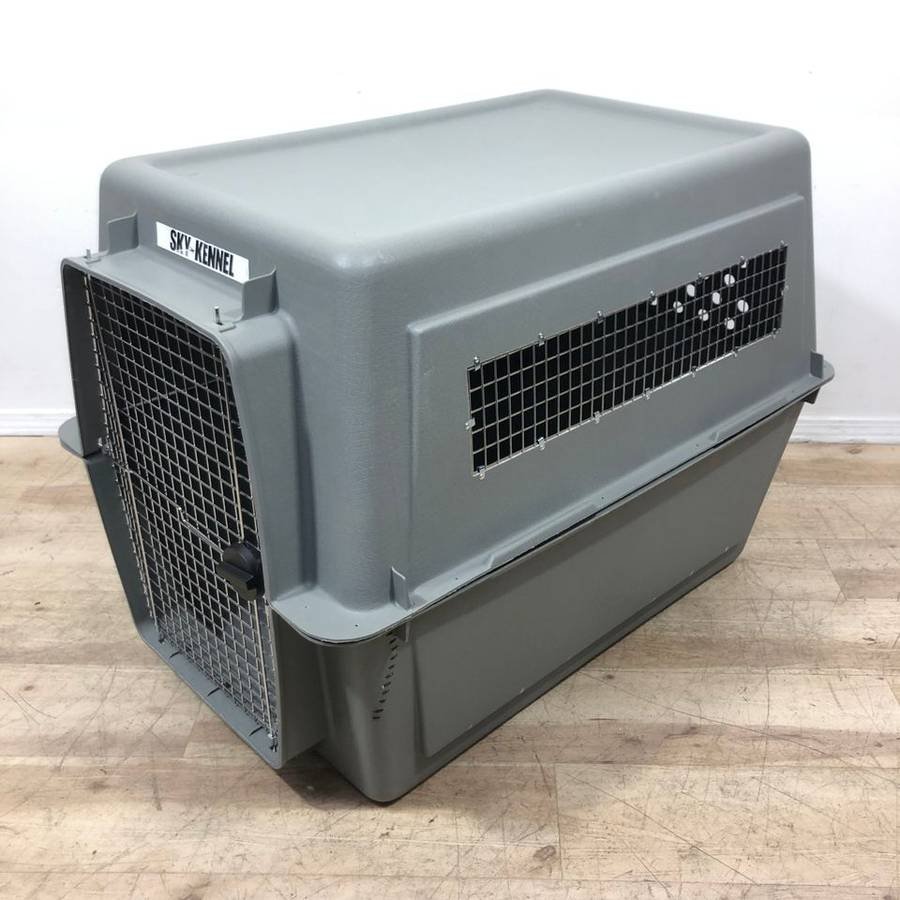Which Crate Should I Choose?
Crate training can be an important part of your dog’s routine, and even if it isn’t, your dog should understand that the crate is a safe space in the event of an emergency. So many choices though! I’ve tried all of these so you don’t have to.
Midwest Metal Crate
This is the classic go-to for most dogs. If your dog has minimal to no separation anxiety, this is a perfectly suitable choice. I always recommend securing the front and back folding panels to the perimeter with zip ties in case your dog has a moment of rebellion, they can otherwise be somewhat prone to coming undone with some well placed clawing or chewing. you can also use a carabiner on the door as an extra security if the door doesn’t have two latches. If your dog learns that pulling at their crate might get them out, you’ll have a big problem to deal with!
Safety note: It’s always a good habit to take collars off of your dog when they’re crated, but this is especially important with wire crates. Leaving collars on your dog in these crates creates a choking risk.
Petmate Sky kennel
A step above in security, most dogs will not be able to break out of this crate and may feel extra security with the enclosed sides. This is also a great option giving your dog enrichment toys while keeping the rest of your space clean.
Ruffland Kennels
These are my go to kennel for client dogs, my own dogs, and travel. One of the better kennels on the market for crash safety, very difficult to break out of (but not impossible for extreme separation anxiety), and easy to clean, I’ve bought dozens of these crates and have always felt that they’re worth the investment.
They can be on the pricier side for larger dogs or multi door configurations, however in decent condition, you can typically sell them for nearly as much as you paid even years later.
Gunner Kennels
The holy grail when it comes to crash tested travel crates. Unfortunately, Gunner’s largest size doesn’t easily accommodate large dog’s with their largest kennel being only 33” deep.
Soft sided crates
I see these crates more often than I’d like, normally with a hole torn into it and a dog who now needs to be worked through a habit of trying to break out of their crate. These are only suitable for either entirely crate trained adult dogs, or for puppies who are directly supervised. I highly recommend against using these crates for young dogs or for extended periods of time without supervision.





